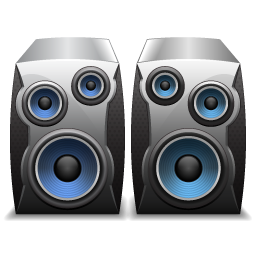We now have an idea of what sound is; namely, a disruption in a medium, such as air, that causes molecules to hit each other causing a propagation (wave) of that initial disruption to the ears of a listener.
This is a good foundation for us to build off of, but we usually do not speak of sound like this. We speak of sound in terms of:
How loud is it?
What are the pitches in the melody I’m hearing?
What is its timbre [a]?
How does our molecular definition of sound relate to the basic questions above?
They are related by the physical properties of how the molecules move.
In the first part of our series, we established the need to separate the notion of hearing from the physical aspects of sound. As we move on to discuss the physical properties of sound, we will have to continue to maintain this mindset. The properties of how the molecules move are:
physical measurements [1]
The things we hear, such as loudness, pitches and timbre are:
psychophysical measurements [1]
(measurements of our perception)
As we move on to discuss both physical and psychophysical measurements, we’ll be sure to distinguish between the two.
We will also discuss things such as:
The Meaning of the “Graph”
What is amplitude and frequency?
Loudness

What is the relationship between loudness, amplitude and frequency?
Do-Re-Mi
How do the physical properties of sound relate to pitches?
What is the relationship between pitch and loudness?
Notes
[a] Imagine a note is played on both a guitar and piano … can you differentiate the instruments based on the sound even though the notes are the same? Sure you can, that is because their timbre is different. The timbre of the sound is its quality, the thing that makes it different from other sounds [2].
References
[1] Burk, Phil, et al. “Chapter 1: The Digital Representation of Sound, Part One: Sound and Timbre; Section 1.2: Amplitude and Loudness?” Music and computers: a theoretical and historical approach, Self-Published Online. 2011. Accessed 29 Nov. 2017.
Authors
Phil Burk, SoftSynth.com
Larry Polansky, Department of Music, Dartmouth College
Douglas Repetto, Computer Music Center, Columbia University
Mary Roberts
Dan Rockmore, Department of Mathematics, Dartmouth College
[2] Cook, Mike, et al. “CHAPTER 10 The Anatomy of a Sound.” Arduino Music and Audio Projects, Apress, Springer Science Business Media, 2015.